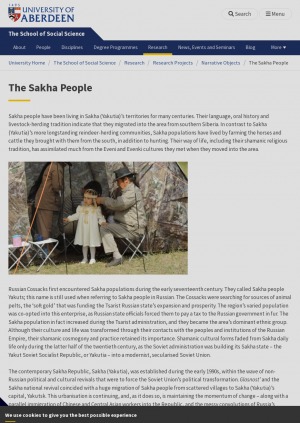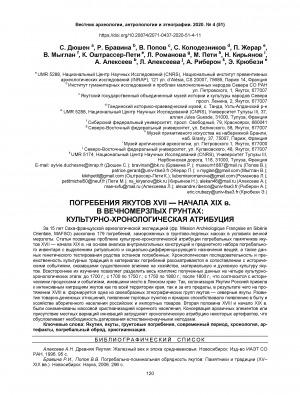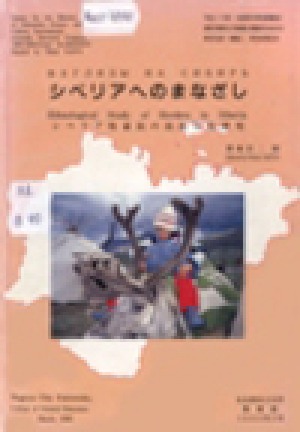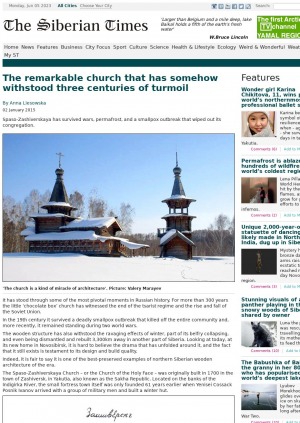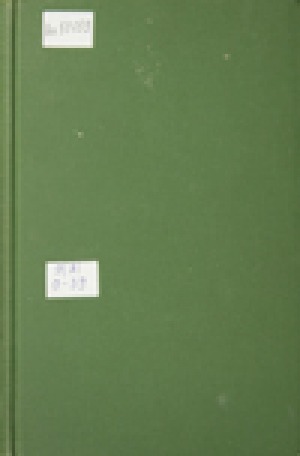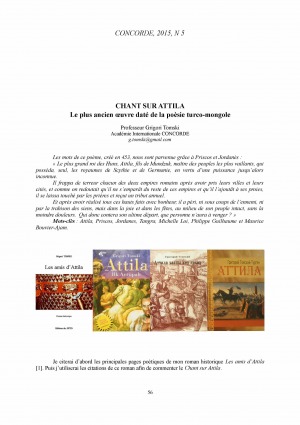Количество страниц: 12 с.
- Общественные науки. Образование > Этнография. Обычаи. Жизнь народа. Нравы,
- Краеведение. Археология. География. Биографии. История > Историческая наука. Историография > Археология,
- НАУКА ЯКУТИИ > ОБЩЕСТВЕННЫЕ НАУКИ > Этнография. Обычаи. Жизнь народа. Нравы,
- НАУКА ЯКУТИИ > КРАЕВЕДЕНИЕ. ГЕОГРАФИЯ. БИОГРАФИИ. ИСТОРИЯ > Историческая наука. Историография > Археология.
Frozen graves of Yakutia, a chronological sequence / S. Duchesne, R. Bravina, V. Popov [и др.] // Вестник археологии, антропологии и этнографии. – 2020. – N 4 (51). – С. 120-130. — DOI: 10.20874/2071-0437-2020-51-4-11.
DOI: 10.20874/2071-0437-2020-51-4-11
Количество страниц: 19 с.
Работа посвящена проблеме изучения мезолита в Центральной Якутии. Здесь было известно небольшое количество стоянок сумнагинской культуры, характеризующихся смешанными культурными комплексами, и датированных этим временем лишь по аналогиям инвентаря. В работе предложена методика определения раннеголоценовых комплексов в смешанных культурных слоях, основанная на выделении в общих комплексах каменного инвентаря микролитов, в большей степени характерных для сумнагинской культуры. Проведённый анализ позволил выделить сумнагинский культурный комплекс на 11 памятниках Туймаады. На ещё около 25 памятниках, где обнаружены микропластинчатые индустрии, при расширении работ, может подтвердиться предположение о наличии в культурных слоях мезолитического каменного инвентаря
Dyakonov, V. M. On the Problem of Classification of Microblade Industry Sites with Mixed Cultural Layers in the Mesolithic of Central Yakutia (on Materials from the Tuymaada Valley) / Victor M. Dyakonov // North Pacific Prehistory : archaeological studies journal. — 2007. — Vol. 1. — P. 129-147.
Год выпуска: 1996
Количество страниц: 6 с.
Год выпуска: 2015
Издательство: McGill-Queen's University Press
Год выпуска: 1970
Количество страниц: 562 с.
Год выпуска: 2019
Издательство: In Verlegung des Autoris
Количество страниц: 492 с.
Количество страниц: 21 с.
- Языкознание. Филология. Художественная литература > Литература. Литературоведение > Поэтические жанры,
- Краеведение. Археология. География. Биографии. История > Историческая наука. Историография > Всеобщая история. История отдельных стран и народов,
- НАУКА ЯКУТИИ > КРАЕВЕДЕНИЕ. ГЕОГРАФИЯ. БИОГРАФИИ. ИСТОРИЯ > Историческая наука. Историография > Всеобщая история,
- НАУКА ЯКУТИИ > ЯЗЫКОЗНАНИЕ. ФИЛОЛОГИЯ. ЛИТЕРАТУРОВЕДЕНИЕ. ХУДОЖЕСТВЕННАЯ ЛИТЕРАТУРА > Литература. Литературоведение.
Tomski G. V. Chant sur Attila: Le plus ancien œuvre daté de la poèsie turco-mongole / Tomski G. V. ; Académie Internationale CONCORDE // Concorde. – 2015. – N 5. – С. 56-76.
